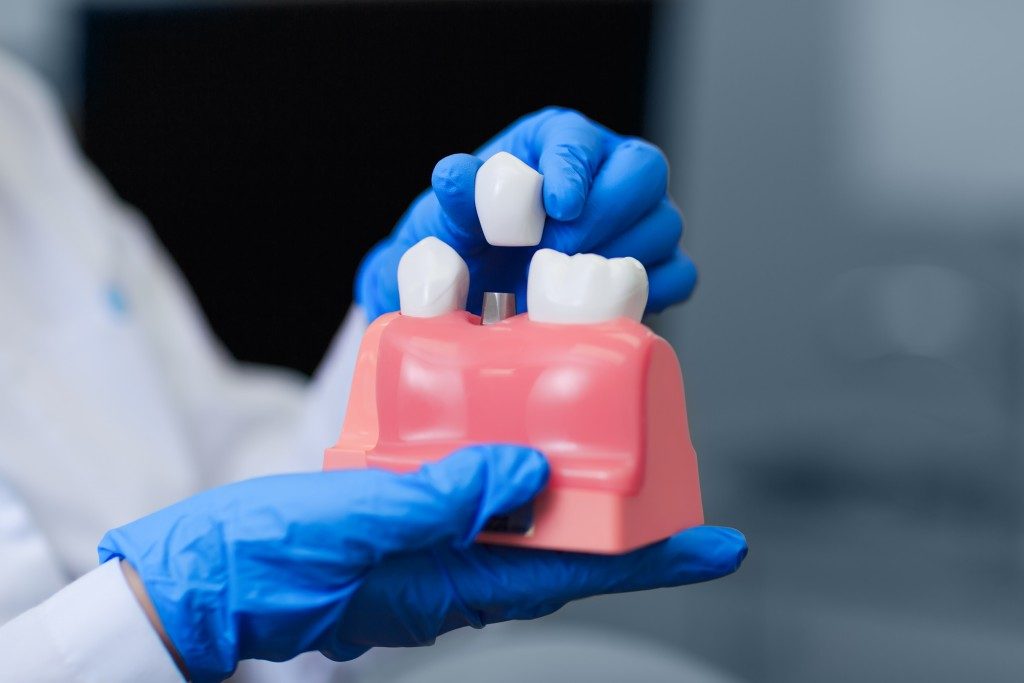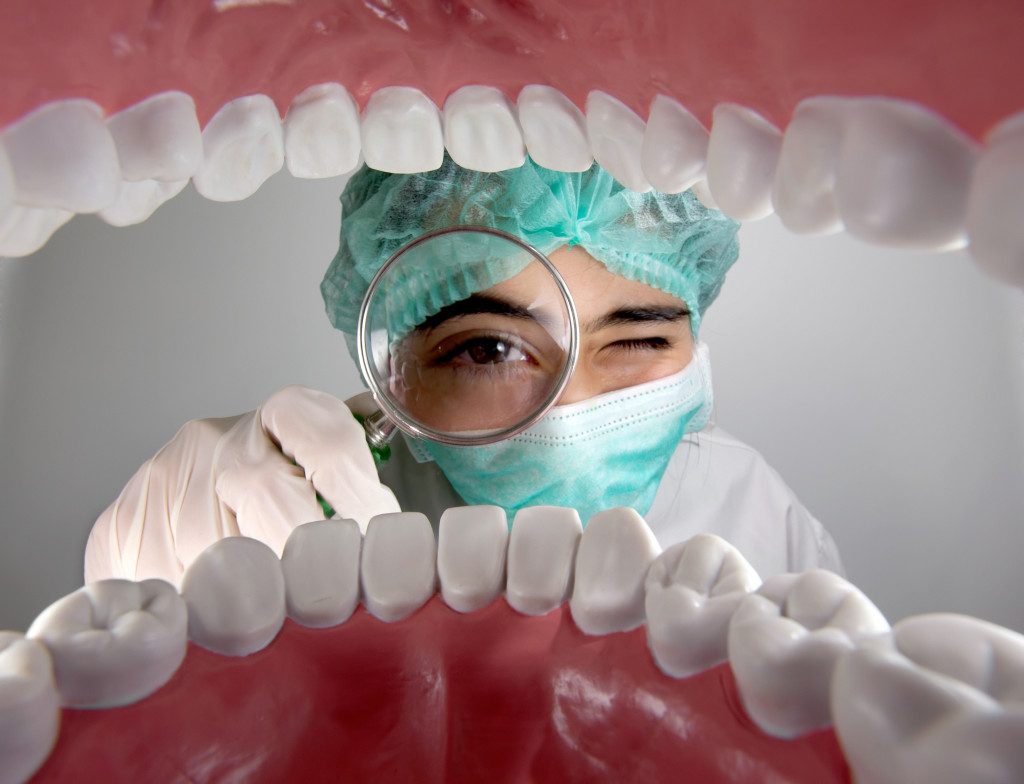Are you thinking of getting a dental implant soon but worried about what’s going to happen? It’s normal to feel afraid or hesitant about any procedure, especially when it comes to dental surgery. To some people, even the mere thought of having a dental implant placed in the cavity of their mouth can be overwhelming. But it doesn’t have to be that way.
In this article, you’ll learn what goes around before and during the procedure. By the end of the article, you’ll know what to expect and how to prepare for it.
An overview
Maxillofacial surgery experts from places like Richmond, Indiana surgically place a dental implant directly to the patient’s jawbone. The implant acts as the dental root of the missing tooth. After the wound has healed, an abutment and crown will be attached to the implant. The abutment supports the crown, which looks and feels like a real tooth.
Experts say that when you undergo dental implant treatment, it will take you between six to nine months to recover. There’s a chance that it takes even longer if they need to perform bone grafting before the procedure.
What happens during surgery
During the day of the procedure, the oral surgeon will either give your local anesthesia or an IV sedation to keep you still until the procedure is complete. Then, they will perform an incision through your gums where the implant will be placed, exposing the bone right underneath the gums.
They will then use a specialized drill to create the space where the implant will go. Next, the oral surgeon and their team will screw the implant in place, which will remain fixed throughout the healing process.
Soon after, they’ll close the implant and seal the incision with a stitch or two. Over the next couple of weeks, the implant will fuse securely to the bone until the second phase of the procedure.
What happens during the second phase
During the second phase, the oral surgeon will expose the implant by creating a tiny incision to the gums. Doing so displays the implant so that they can place a small extension to create an impression. The lab will use the impression to get the right fit for your dental crown.
During this phase, expect your dentist to set a series of dental appointments as they create the perfect implant crown. Once they have the dental crown, they’ll attach it to the abutment and implant to complete the procedure. Depending on the type of tooth that they’re trying to restore, the dentist may let you try the new crown to see if it fits your mouth.
After the entire dental implant procedure, it’s only reasonable to experience minor bruises and experience swelling in the treated area. When this happens, you can take any over-the-counter pain medication to help relieve the pain. You should also follow any after-care instructions your dentist or dental surgeon gave to you. To maintain your new crown and implant, always remember to practice oral hygiene, just like what you’d typically do with your regular teeth.

